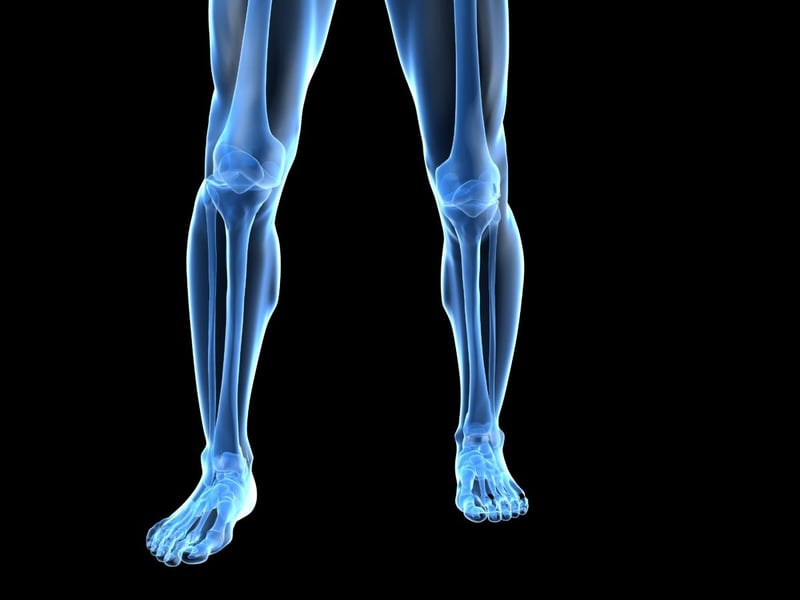
Pontillo M. & Sennett B. Change in In-Season Vertical Jump Kinetics is Predictive of Lower Extremity Injury in Collegiate Football Players. SPTS Team Concept Conference 2020. Podium Presentation.
Presented at the Sports Physical Therapy Team Concept Conference (SPTS TCC) 2020.
“Changes in vertical jump kinetics can be used to identify football athletes who are at risk of sustaining an in-season lower extremity injury.”
Population: 1 years of data from varsity Division I football athletes.
The questions covered:
PURPOSE/HYPOTHESIS: Alterations in jump kinetics has been linked to lower extremity injuries, secondary to abnormal force dissipation. However, injury causation in athletes who have normal jump kinetics has not been investigated, nor has an explanation for athletes which altered kinetics who do not sustain injuries. This study investigates if changes in vertical jump kinetics is related to injuries in collegiate football players.
SUBJECTS: All healthy varsity football players who were active during the 2019 season at a Division I institution.
MATERIALS/METHODS: Vertical jump testing using a commercially available force plate system with dedicated software was performed by all healthy varsity Division I football players at several intervals throughout the 2019 season. Injuries were documented by the team athletic trainers and verified with the health care organization’s electronic medical documentation system. Injuries were defined as occurring no more than 60 days after a jump, defined as lower extremity by OSICS 10 code, and non-macrotraumatic in nature. Twenty-two injuries were identified, and 128 jumps were analyzed. Vertical jump variables used were average eccentric rate of force development (EFD), average relative concentric force (RCF), and concentric relative impulse (CRI), indicating the athletes’ ability to load movements and generate force, the ability to explode/transmit force, and finish movements forcefully for each jump, respectively, which were normalized to T scores. Change score calculated as the absolute value between the jump immediately preceding the injury, and the jump before that. Logistic regression was used to determine if the variables could predict whether or not an athlete would sustain a lower extremity injury.
RESULTS: Mean change scores (standard deviation) for the uninjured/injured groups were: EFD: 5.5(5.3)/7.5(6.4); RCF: 3.7(3.1)/6.3(4.5); CRI: 3.9(3.6)/3.9(2.9). ERF, RCF, and CRI change score were able to predict lower extremity injury, ꭓ2=11.8, P<0.01. RCF change is an independent predictor at P<0.01.
CONCLUSIONS: The magnitude of change in vertical jump kinetics is predictive of injury in collegiate football athletes.
CLINICAL RELEVANCE: Changes in vertical jump kinetics can be used to identify football athletes who are at risk of sustaining an in-season lower extremity injury. Football athletes with altered jump kinetics who maintained the same kinetics through the season may be less likely to sustain an injury secondary to compensatory mechanisms.